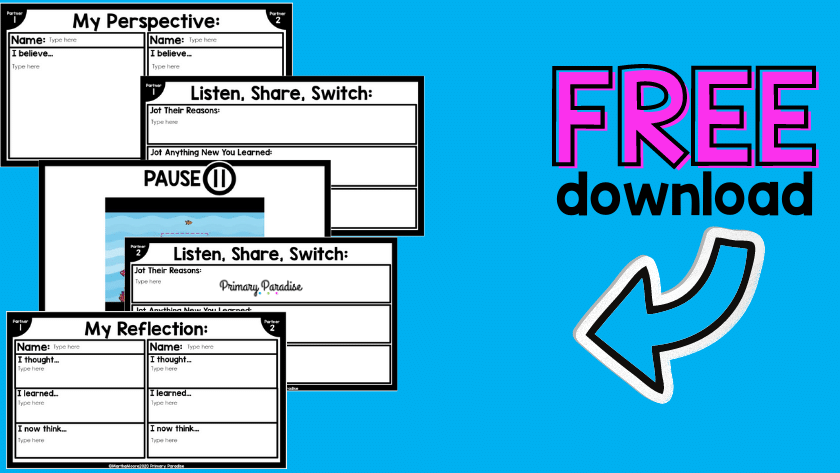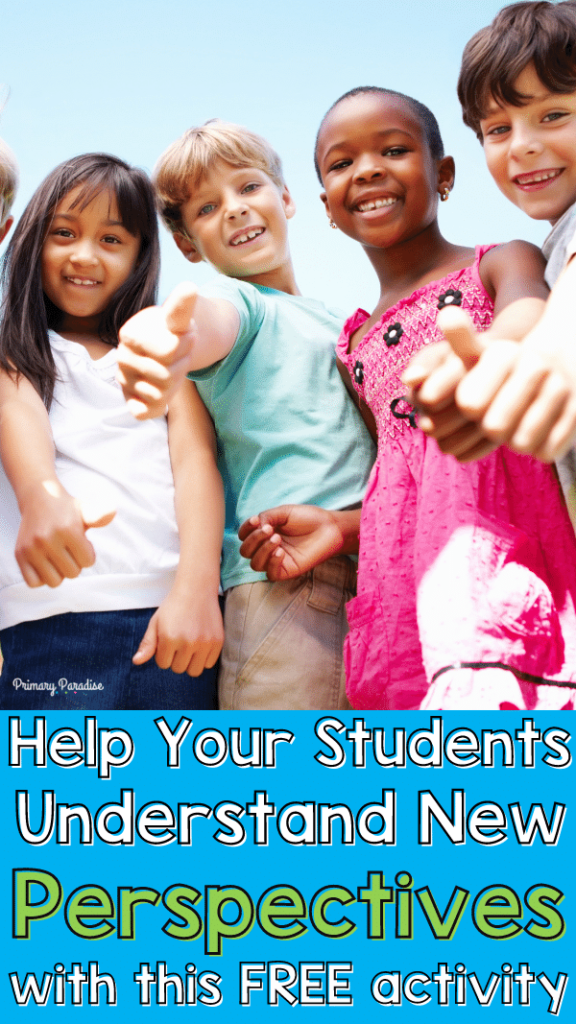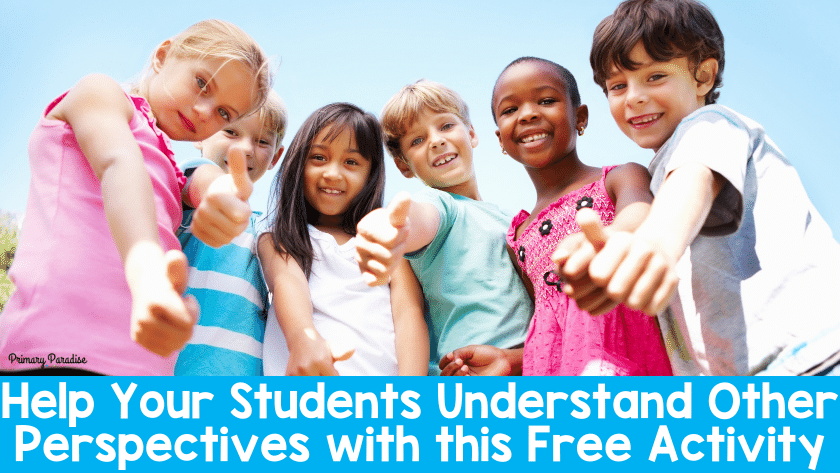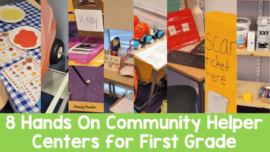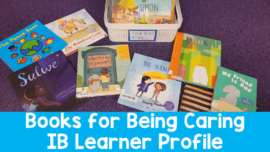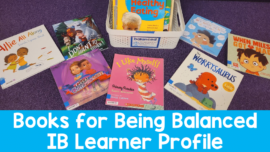Listening to and understanding other perspectives can be difficult for adults and children alike. However, this is an important life skill. This collaborative, inquiry based lesson focuses on sharing your perspective and listening to someone else’s with an open mind.
Background Information:
In the last few posts, I’ve been sharing all about how you can use the principles of IB education in your classroom, even if you’re not an IB educator. These ideas and principles help our students grow as learners and people, and hopefully will help us and them make the world a better place.
Not sure what I’m talking about? I recommend reading these posts first for some background information:
- What is Global Citizenship and Why Should I Care?
- All About the IB Learner Profile (and why it’s worth focusing on)
- Simple Ways to Make Your Lessons More Meaningful
I’ve also previously shared two collaborative inquiry based projects along with free templates so you can complete them in your classroom. You can find those linked below:
Today’s activity is another great lesson to use in your classroom. This lesson asks students to open their mind to other perspectives, practice good communication skills, and assess their own reaction to new information. First I’ll share how the lesson works, and then you can grab the free template at the end of this post.
Opposite Viewpoints Pair Activity
How to Complete this Activity
In this project, students will pair up based on something the have opposite views about. They’ll share their perspective, listen to the other person’s different perspective. Then, students will pause and think about how hearing a new perspective makes them feel. This activity isn’t about forcing your partner to agree with you. Instead, it’s about taking the time to really listen to someone else and realize that we all have our own experiences that color the way we see the world.
1. State Beliefs
This activity starts off with students stating different things they believe. It could be serious, or it could be something silly. For example, it could be that pizza is the best food ever or that people need to take care of bees. As students are sharing viewpoints, other students should say if they disagree and believe the opposite. For example, if one student says dogs are the best pet, another might disagree and say that cats are the best pet.
At this point, students aren’t sharing reasons for their beliefs. They’re simply sharing what they believe. Once you’ve paired students up (and this might take students sharing a variety of views), it’s time to move to step 2.
2. Listen, Share, and Switch
Once students have been paired up with someone who has another perspective from them, they will listen to each other and share why they believe what they believe. The template I’ll share at the end of the posts helps structure the discussion for the students. Since it’s a Google Slides activity, both students could be working on it at the same time.
As one student is sharing, the other can jot down the reasons, anything new they learned, and then they will write about how they feel listening to another perspective. This is a very important step because it helps the student recognize that sometimes it’s hard and uncomfortable to listen to new information or viewpoints that are different than ours.
Student one will share, and then student two will share. But, in between each student sharing, they’ll take a pause break.
3. Pause and Breathe
In between the students sharing, they can take a 1-2 minute break to breathe or meditate. This helps students stay calm and think before they react.
4. Reflect on Your Perspectives
After both students have shared their viewpoints, then they will take some time to reflect on their conversation. They can share what they thought before, what they learned, and what they think now. Their perspective may or may not change, but likely students will have learned somethings about themselves and the topic.
Free Opposite Viewpoints Template
This simple perspective activity is a great way to show students that we can listen to other perspectives and it might help us understand something new. You can find the ready to go template for this project in my free resource library for email subscribers. Click the picture below to access it if you’re already a subscriber. If you’re not, enter your email below, and then check your email for the password once you confirm.
